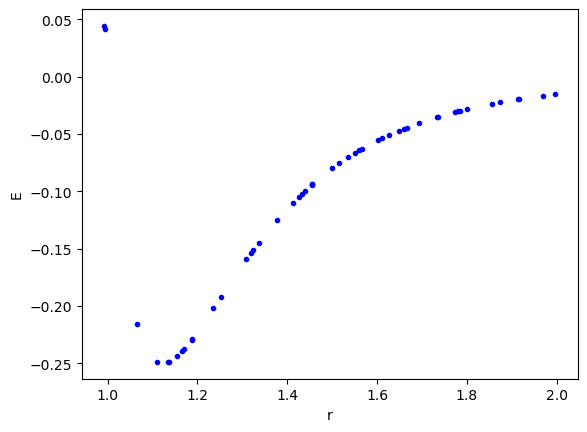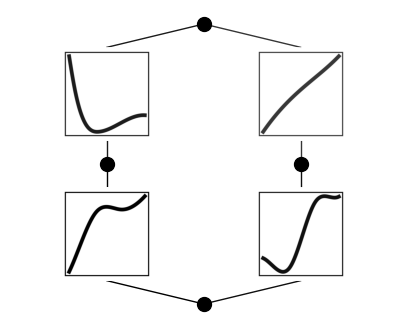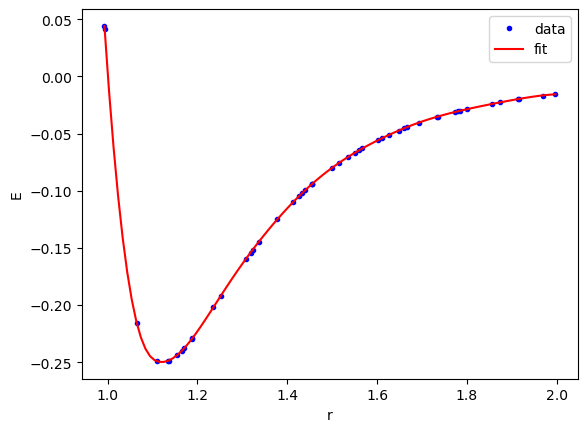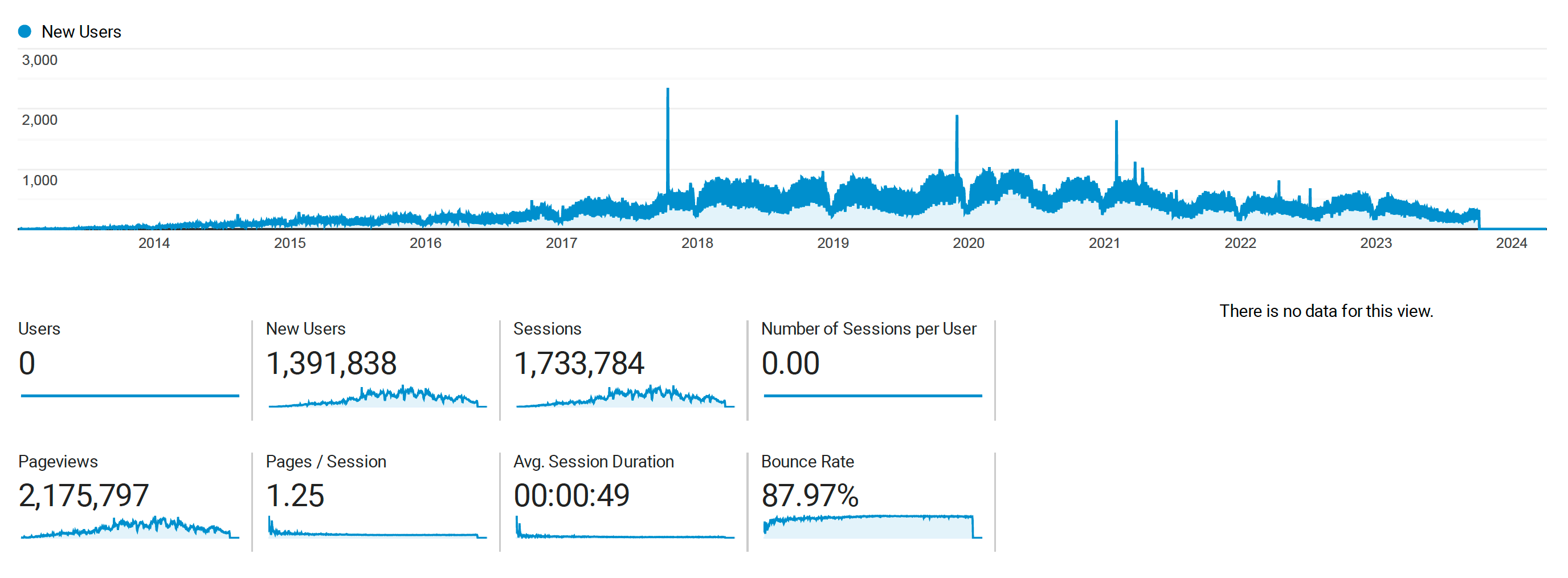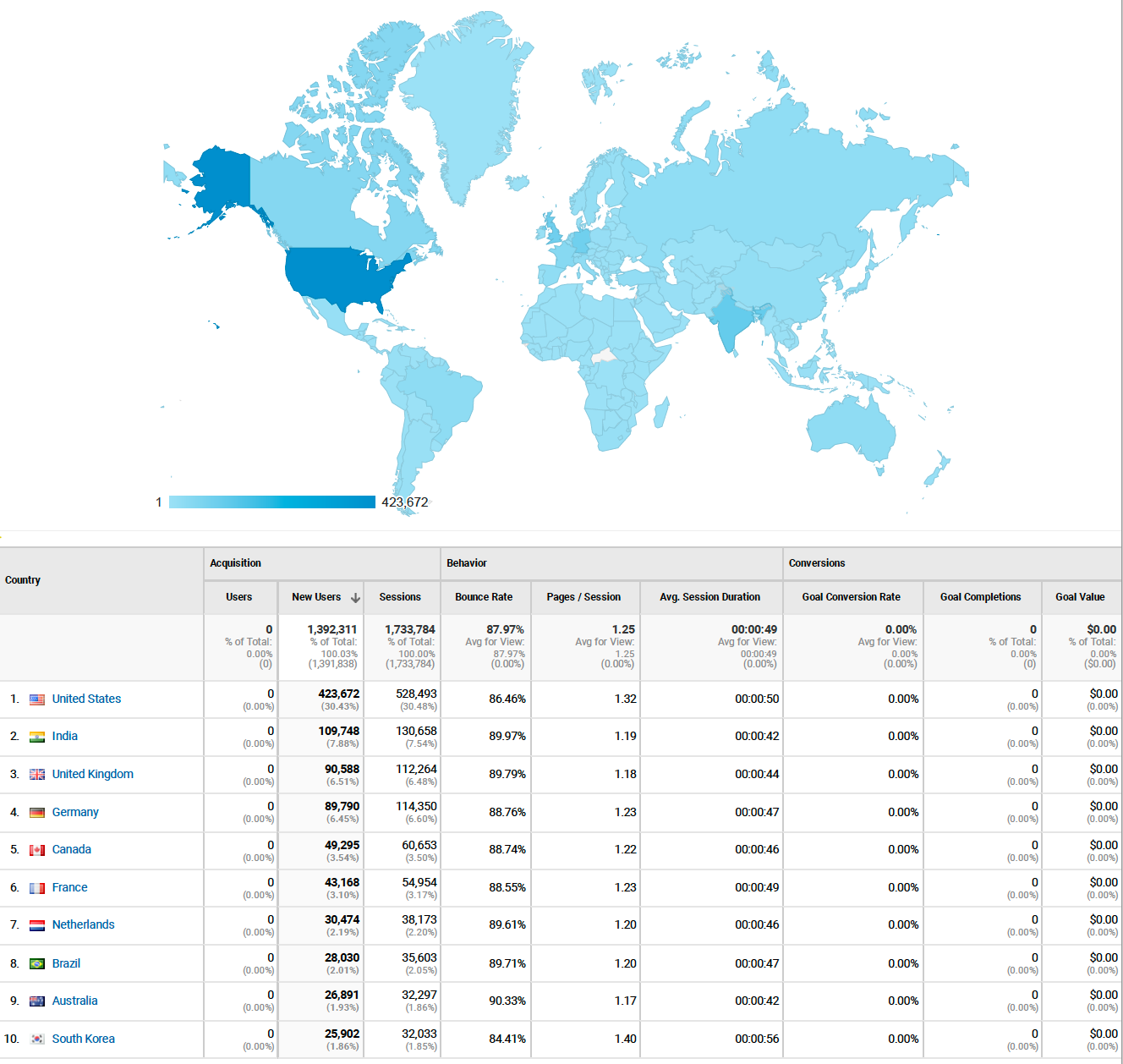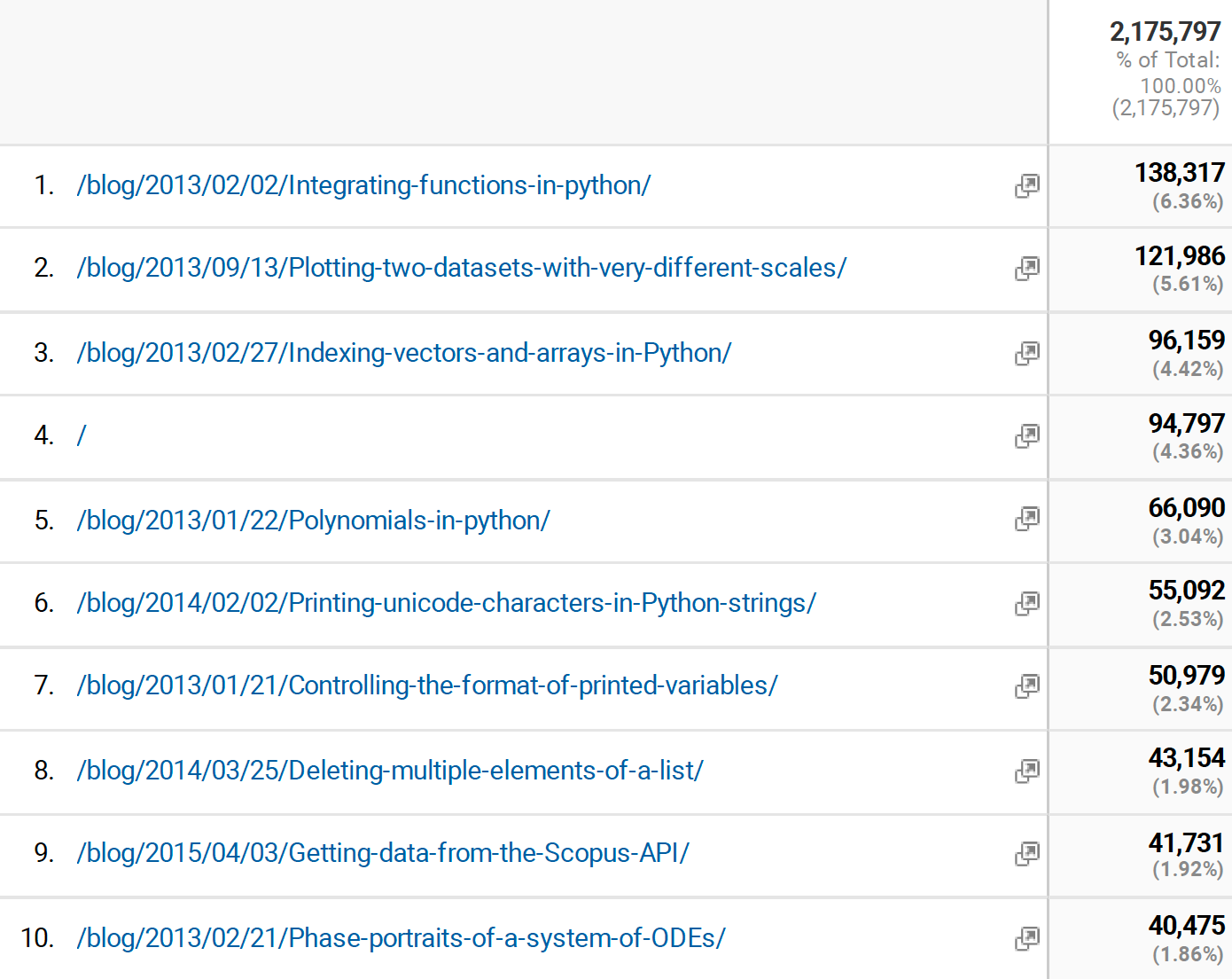New publication - Cyclic Steady-State Simulation and Waveform Design for Dynamic Programmable Catalysis
Posted May 23, 2024 at 04:51 PM | categories: publication, news | tags:
Updated May 23, 2024 at 04:53 PM
You can get higher rates of reaction on a catalyst by dynamically changing the adsorbate and reaction energetics. It has been an open challenge though to find ways to obtain the optimal waveform. In this work we present a problem formulation that is easy to solve and optimize waveforms in programmable catalysis.
https://doi.org/10.1021/acs.jpcc.4c01543
@article{tedesco-2024-cyclic-stead, author = {Carolina Colombo Tedesco and John R. Kitchin and Carl D. Laird}, title = {Cyclic Steady-State Simulation and Waveform Design for Dynamic/programmable Catalysis}, journal = {The Journal of Physical Chemistry C}, volume = {nil}, number = {nil}, pages = {nil}, year = 2024, doi = {10.1021/acs.jpcc.4c01543}, url = {http://dx.doi.org/10.1021/acs.jpcc.4c01543}, DATE_ADDED = {Thu May 23 16:35:52 2024}, }
Copyright (C) 2024 by John Kitchin. See the License for information about copying.
Org-mode version = 9.7-pre
